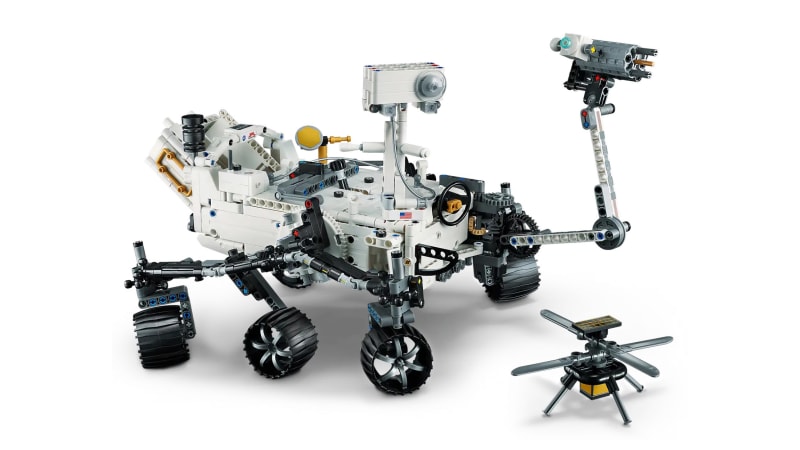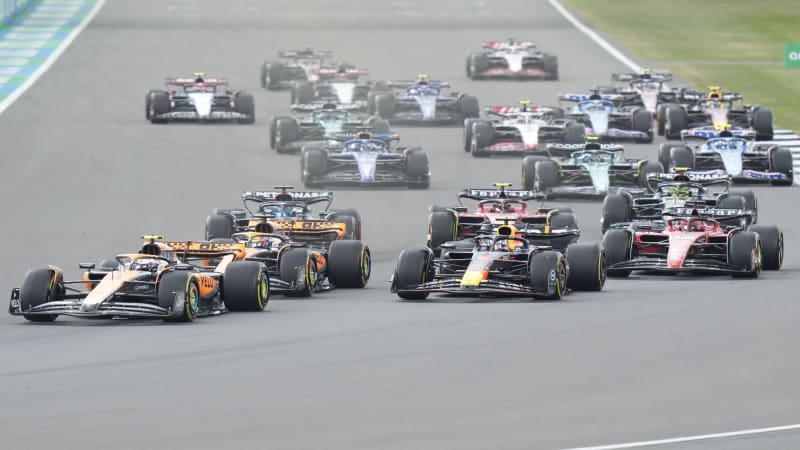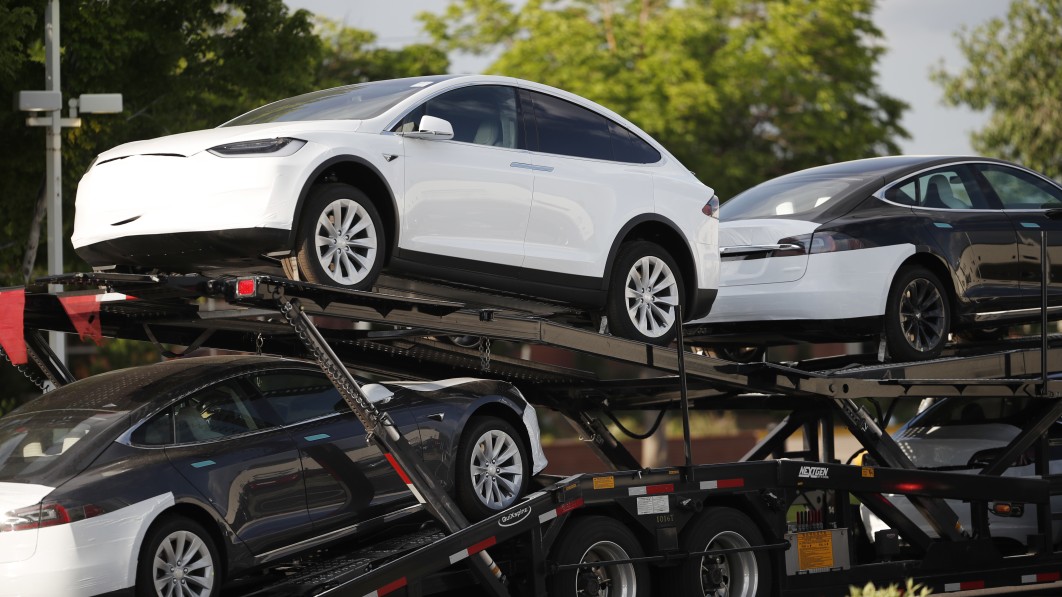MERZOUGA, Morocco — Dawn in the Sahara Desert is why the phrase “deafeningly quiet” exists. A light breeze comes across like a loud whisper as the rising sun illuminates the bluffs and dunes. It’s bliss, really; a peaceful accompaniment to wiping away the sleep from my eyes. But then the desert silence is shattered by a sound that’s as familiar as it is out of place: the raspy cold start of a flat-six engine.
Listening to a Porsche 911 Dakar firing up during the Sahara’s waking hours is about as jarring as David Lee Roth yelling, “Are you ready to rock-o, Morocco?!” Absolutely nothing about this car is subtle; it wears its dirt-flinging, dune-crushing intentions on its sleeve. The moment you hit the sand, the 911 Dakar comes alive. And holy moly, can this thing rip.
Real quick, let’s back up. In 1984, Porsche won the Paris-Dakar Rally with its first all-wheel-drive 911 race car. The new 911 Dakar pays homage to this largely through one of its optional Rallye Design Packages, intended to look like the iconic ’84 Rothmans livery (below left). Yes, the text now says “Roughroads,” which is honestly kind of lame, but automakers don’t do tobacco company sponsorships – even defunct ones – and besides, licensing is expensive. The Martini wrap is way more my style (below right).
In the subsequent decades, a whole mess of rally-ready Safari 911 upfits hit the scene, including one-off customs from notable tuners like Ruf and Singer. Because of that, you might think Porsche jumped the shark by offering its own 911 Dakar, but I promise, this thing is legit. Based off the Carrera 4 GTS, the Dakar has 2 inches of additional ground clearance in its standard setting, and a high mode can raise the car by another 1.2, for a maximum ride height of 7.5 inches. This adjustability isn’t achieved through an air suspension, either; Porsche modified the 911’s optional front-end hydraulic lift system and installed it on the rear axle. Incidentally, the extra space required for the hydraulic setup is one of the reasons why the 911 Dakar doesn’t have back seats.
The no-back-seat approach also saves weight. The 911 Dakar tips the scales at 3,552 pounds, or a scant 16 more than a Carrera 4 GTS (with the automatic transmission). That’s pretty impressive, considering all of the Dakar’s add-ons. But Porsche also gave its off-roader the carbon fiber hood from the GT3 – ugly nostrils and all – plus lightweight material on the roof and rear wing to mitigate some of the additional heft.
Crucially, the Dakar’s suspension has stronger dampers and longer links, and the staggered 19-inch front and 20-inch wheels come standard with Pirelli Scorpion All-Terrain Plus tires. You’ll find 245/45s up front and 295/40s out back, and the tires have a 9-millimeter tread depth and dual-carcass design for better durability. Pirelli P Zero summer tires are available as a no-cost option, but come on. Don’t do that.
Despite the increased suspension travel and meaty tires, the 911 Dakar’s on-road ride quality is stiffer than you might imagine for something designed for the dirt. It’s more akin to a street-spec 911 Carrera, which means things like pitch and dive under acceleration and braking aren’t a problem – ditto body roll. The steering is as crisp here as it is in other 911s, the car’s handling abilities really only limited by the reduced asphalt grip of the all-terrain rubber. The standard steel brakes are perfectly adept here, as well, and no, Porsche does not offer a carbon-ceramic upgrade.
Like the standard Carrera 4 GTS, the 911 Dakar uses a twin-turbo 3.0-liter flat-six engine with 473 horsepower and 420 pound-feet of torque, paired with an eight-speed PDK dual-clutch automatic transmission and all-wheel drive. On pavement, the Dakar will hit 60 mph in 3.2 seconds – the same as a rear-wheel-drive Carrera GTS – and it’ll top out at 149 mph. However, you can only keep it at max ride height up to 105 mph, so don’t try to v-max this thing on gravel roads.
You should definitely launch it off-road, though. After all, Porsche engineered a new Rallye Launch Control system that allows for more off-the-line wheel spin than normal. In fact, there’s a whole separate Rallye drive mode, which rejiggers the all-wheel-drive torque split to give it a stronger rear bias, and loosens the reins on the traction control, intentionally allowing more tail-happy antics. Hold the PSM button on the dash for a few seconds to completely disable the traction control and the 911 Dakar turns into a total hooligan – albeit one that’s incredibly easy to control. Quick, responsive steering lets you make small corrections to keep the 911 in line, and the rear-biased power delivery with lateral torque-vectoring means you can control the rear end’s playfulness with the throttle.

























